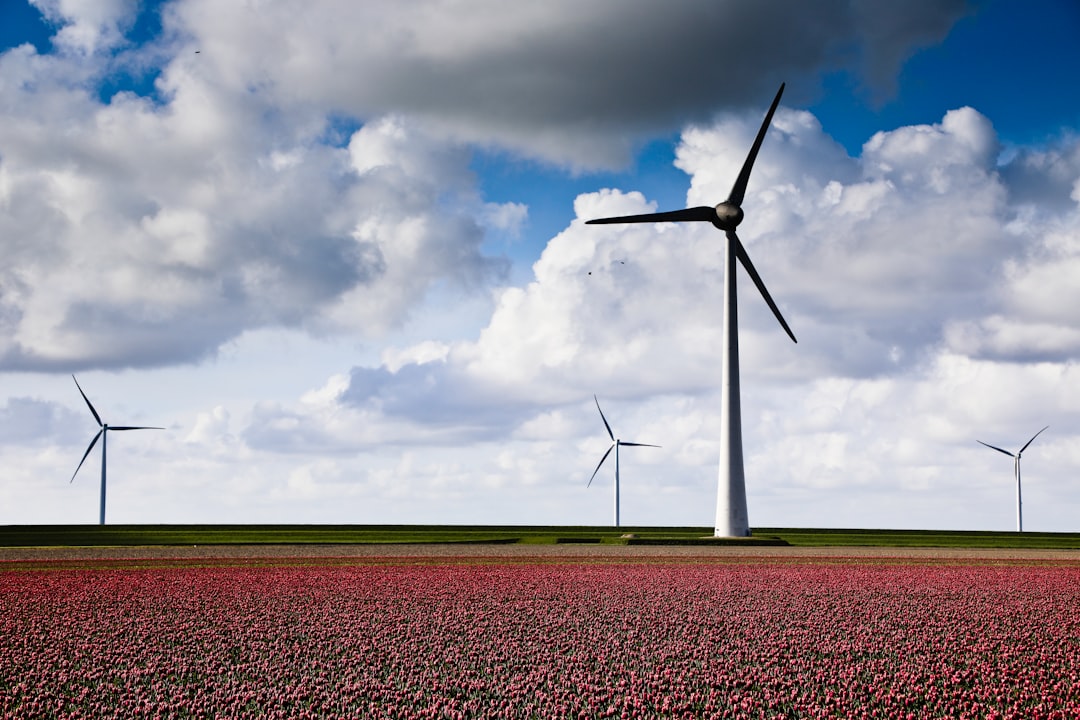What is it about?
This paper analyzes greenhouse gas (GHG) emissions from electricity consumption in Hong Kong using a life cycle approach and fuel mix data from power companies’ sustainability reports. GHG emissions from annual electricity consumption ranged between 27.0 and 34.1 million tons (MT) and the emission factor ranged between 702 and 792 g CO2-eq/kWh between 2002 and 2015. The paper predicts Hong Kong’s annual electricity consumption (and the associated GHG emissions) over the short-term period (2016 –2020) and medium term (up to year 2030).
Featured Image

Photo by bady qb on Unsplash
Why is it important?
Electricity consumption in cities is steadily increasing. Hong Kong's electricity consumption is likely to increase from 43.9 billion kWh in 2015 to 44.63 billion kWh by 2030 while GHG emissions from electricity consumption would increase from 30.8 MT of CO2-eq in 2015 to 33.92 MT of CO2-eq by 2030. Hence, we illustrate that the GDP growth of a developed city may reduce electrical energy intensity in terms of CO2-eq/USD but not the total GHG emissions from electricity consumption.
Perspectives
Although Hong Kong has reduced its electricity energy intensity in terms of CO2-eq/USD quite significantly over the past decade, the total GHG emissions in fact have been increased. The Hong Kong Government should explore the possibility of changing fuel mix and adoption of renewable or alternative energy sources to reduce GHG emissions.
Professor W.M. To
Macao Polytechnic University
Read the Original
This page is a summary of: GHG emissions from electricity consumption: a case study of Hong Kong from 2002 to 2015 and trends to 2030, Journal of Cleaner Production, July 2017, Elsevier,
DOI: 10.1016/j.jclepro.2017.07.181.
You can read the full text:
Contributors
The following have contributed to this page










